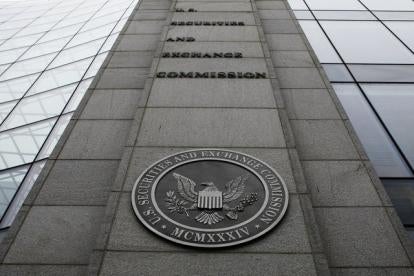The Securities and Exchange Commission’s proposed rules take a hard line against issuers indemnifying executives against clawbacks:
We believe that indemnification arrangements may not be used to avoid or nullify the recovery required by Section 10(D). Section 10D’s listing standard requirement that “the issuer will recover” is inconsistent with indemnification because a listed issuer does not effectively “recover” the excess compensation from the executive officer if it has an agreement, arrangement or understanding that it will mitigate some or all of the consequences of the recovery.
(footnote omitted). I’m not convinced.
First, the SEC overlooks state law. Section Although the proposing release acknowledges that some indemnification arrangements may be statutory, it fails to consider the fundamental question of whether a stock exchange listing rule preempts contrary state law. See What The SEC Pretermitted In Proposing A Clawback Policy Rule. Section 2802 of the California Labor Code requires an employer to indemnify “his or her employee for all necessary expenditures or losses incurred by the employee in direct consequence of the discharge of his or her duties, or of his or her obedience to the directions of the employer, even though unlawful, unless the employee, at the time of obeying the directions, believed them to be unlawful.”
Second, the SEC neglects the legal constraints on an issuer’s ability to rewrite contracts unilaterally. See SEC Clawback Proposal Overlooks Contract Law Fundamentals.
Third, the SEC fails to consider the presumption that Congress legislates prospectively, not retrospectively. In many cases indemnification arrangements (whether in bylaws, employment agreements or indemnification contracts) will pre-exist the enactment of Section 954 or the SEC’s adoption of final rules. As Justice Rufus Peckham wrote over a century ago:
There are certain principles which have been adhered to with great strictness by the courts in relation to the construction of statutes as to whether they are or are not retroactive in their effect. The presumption is very strong that a statute was not meant to act retrospectively, and it ought never to receive such a construction if it is susceptible of any other. It ought not to receive such a construction unless the words used are so clear, strong and imperative that no other meaning can be annexed to them or unless the intention of the legislature cannot be otherwise satisfied.
U.S. Fidelity & Guaranty Co. v. U.S., 209 U.S. 306, 314 (1908).
Finally, the SEC may be misinterpreting the meaning of “will” in Section 10(D). Subsection (a) provides that the “Commission shall” and subsection (b) provides that the rules of the Commission under subsection (a) “shall require each issuer”. In contrast, the statute provides only that the “issuer will recover”. It is unlikely that Congress chose different words out of a desire simply to achieve an elegance of variation. A more reasonable interpretation is that Congress intended these words to have different meanings with “shall” expressing an obligation and “will” expressing a simple futurity.
Pearls From The Supreme Court?
Some surprisingly oracular pronouncements can be found in Supreme Court opinions. Which the following did not appear in a U.S. Supreme Court opinion?
There is a difference between imperfect tailoring and no tailoring at all.
Raisins are not like oysters . . . .
After an unsatisfactory divorce—almost, but not quite, a redundancy . . . .
Look for the answer tomorrow.



 i
i


